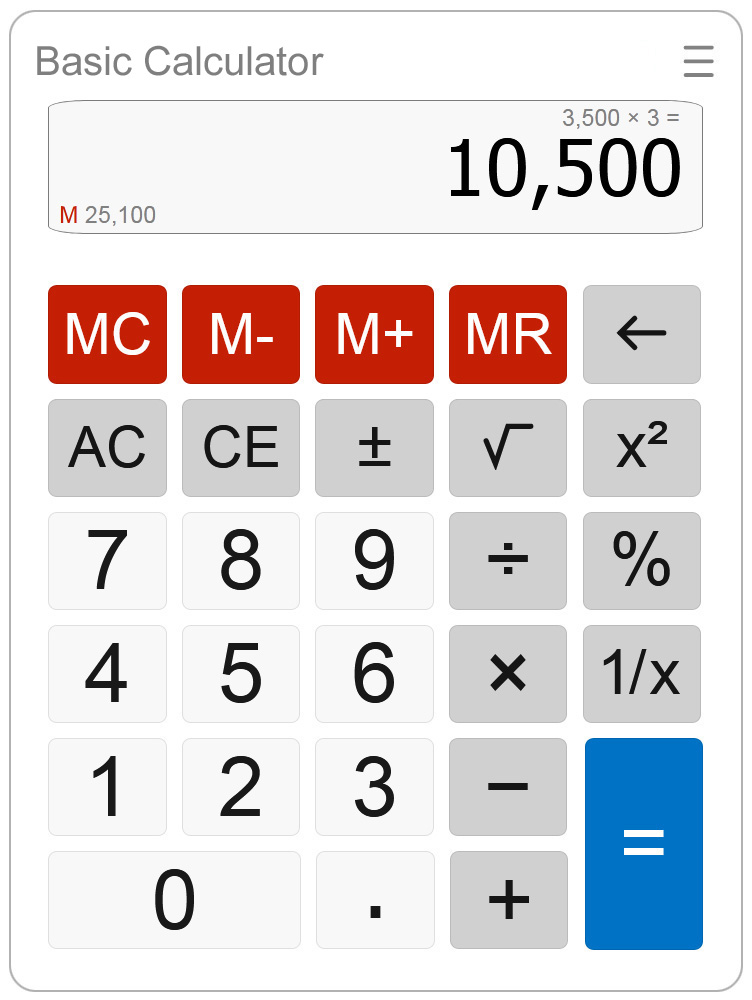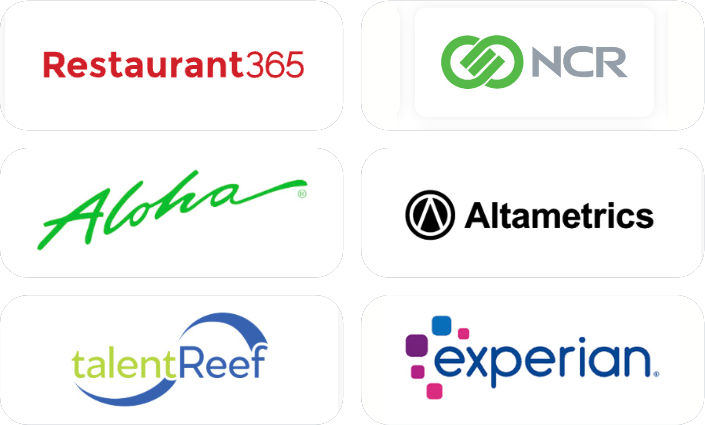Summary Effective communication is vital for motivating employees and boosting morale in the workplace. Implementing these communication strategies can lead to a more motivated and engaged workforce, ultimately driving business success.
- Employee engagement and motivation are interconnected but distinct concepts, both crucial for organizational success.
- Strategies such as clear and transparent communication, active listening, feedback loops, and recognition are key to fostering motivation and engagement.
- Building trust through open communication channels is essential for creating a positive work environment.
Not only are motivated employees more productive, but they contribute to overall morale and company culture. Yet it is all too common for employees to become caught in the monotony of the daily grind, feeling disengaged and demotivated.
Amidst this seemingly bleak scenario lies a powerful antidote: effective communication.
In the journey of navigating employee motivation, communication serves as the guiding beacon, illuminating pathways to inspire, engage, and uplift teams. From fostering a culture of transparency to celebrating achievements, the art of communication holds the key to revitalizing workplace morale and moving teams toward success.
Join us as we explore the nuances of communication in motivating employees so you can uplift your business.
Connection between employee engagement and motivation
Employee engagement and motivation are two sides of the same coin, both crucial for a happy and productive workforce. While they are interconnected, they’re not the same thing.
Engagement is often used to describe the connection an employee feels toward their work and organization. As the experts at the Society for Human Resource Management explain, it is a critical driver of business success. Engaged employees feel a sense of purpose and belonging. They’re invested in the company’s success and go the extra mile because they care.
Motivation, on the other hand, is the will to do something. In the workplace, it is the inner drive or energy an employee has to perform tasks. Think of it as the “why” behind their actions. Employees can be motivated by any number of things, from monetary incentives to positive feedback. They may also be intrinsically motivated and seek the satisfaction of a job well done.
As you can see, organizations need both motivation and engagement for long-term success. The good news, as Forbes explains, is that engaged employees are intrinsically motivated, and by that measure, motivated employees are more likely to be engaged. By focusing on strategies that address both aspects, you can create a positive work environment that fosters a productive and successful workforce.
Communication strategies for boosting employee morale and motivation
There are a variety of employee motivation techniques that can be used to attract and retain talent. However, effective communication is the cornerstone upon which vibrant workplace cultures are built.
Let’s take a closer look at the strategies aimed at not just communicating, but connecting on a deeper level with your team to improve employee engagement and motivation.

Clear and transparent communication
Transparency breeds trust, and trust fosters engagement. Embrace a culture of openness by providing regular updates on company goals, challenges, and successes. Keep in mind that the way we communicate is always evolving. Make sure to stay on top of current communication trends you can integrate into your processes.
Transparent communication empowers employees, instilling a sense of ownership and investment in the organization’s mission. This is especially important in the age of remote working to encourage employees to feel a part of your organization’s culture no matter where they’re working.
Active listening and feedback loops
Remember, communication is a two-way street.
Encourage open dialogue by actively listening to your employees’ concerns, ideas, and feedback. Having a consistent performance review cycle is one of the best ways to ensure employees feel heard and can offer constructive feedback.
You can also keep a pulse on the employee experience by implementing suggestion boxes and anonymous surveys to ensure every voice is heard and valued.
Provide recognition and feedback
While it’s important to collect employee feedback, it is also essential to provide it in return – and not just during performance reviews. A simple “thank you” or acknowledgment of a job well done can work wonders in boosting morale.
According to a recent survey by Gallup, only one in three workers in the U.S. strongly agree that they received recognition or praise for doing good work in the past seven days. This is a missed opportunity for organizations to ensure their employees understand their work is valued.
Improve employee motivation by creating a formal recognition program or public praise. It’s surprisingly easy to incorporate regular recognition and feedback into your communication strategy to celebrate individual and team achievements.
Build trust through open communication channels
Trust is the bedrock of any successful relationship, including the one between employers and employees. Open communication channels where employees feel comfortable expressing their thoughts without fear of judgment or reprisal is one of the best ways to foster trust.
You should also cultivate trust and communication among team members. Team building activities are one way to do this and can be a driving force behind a productive team.
Ready to reap the benefits of motivated employees at your organization? Learn more about how AllianceHCM can help save you time, money, and sanity with our suite of HR solutions and integrations.





